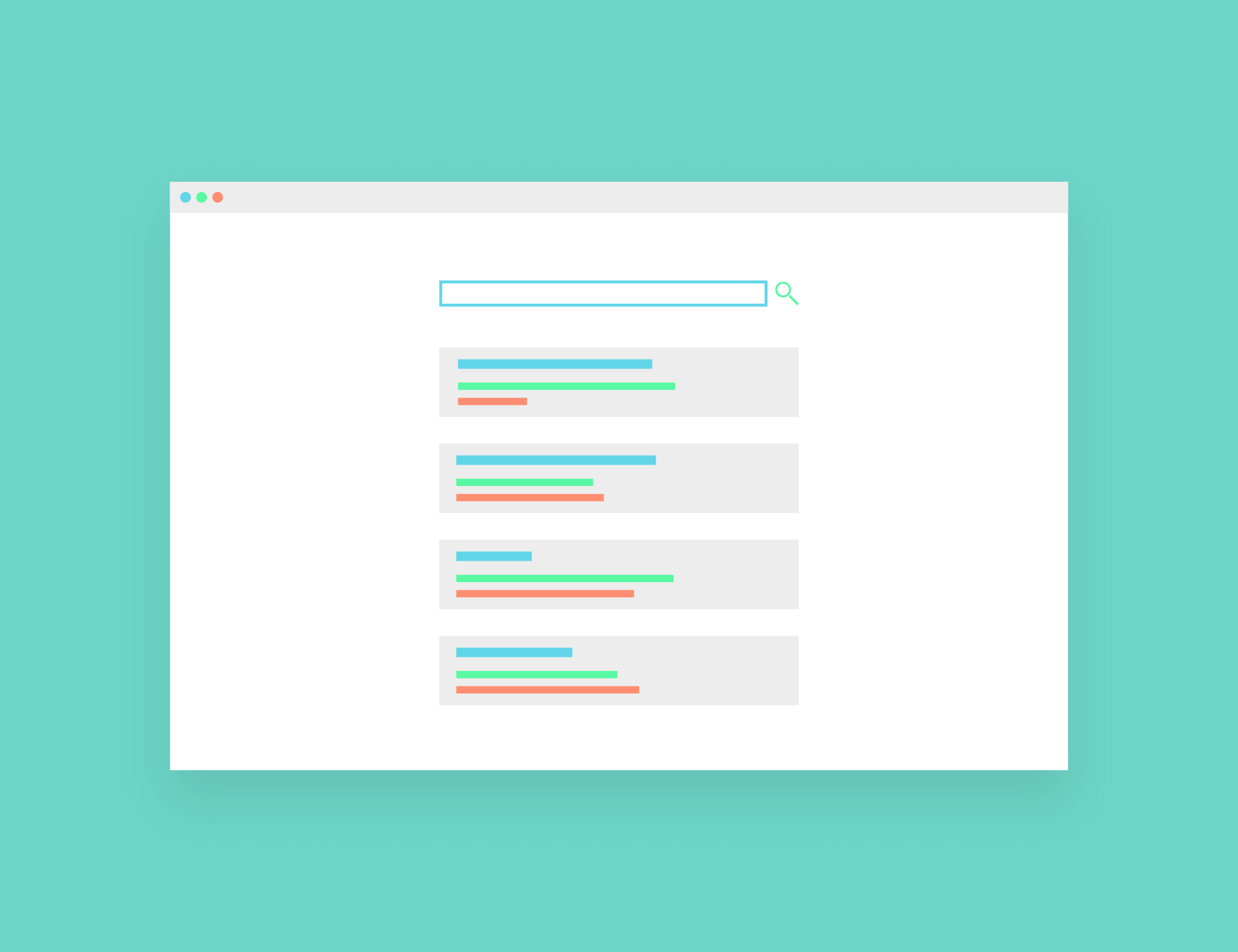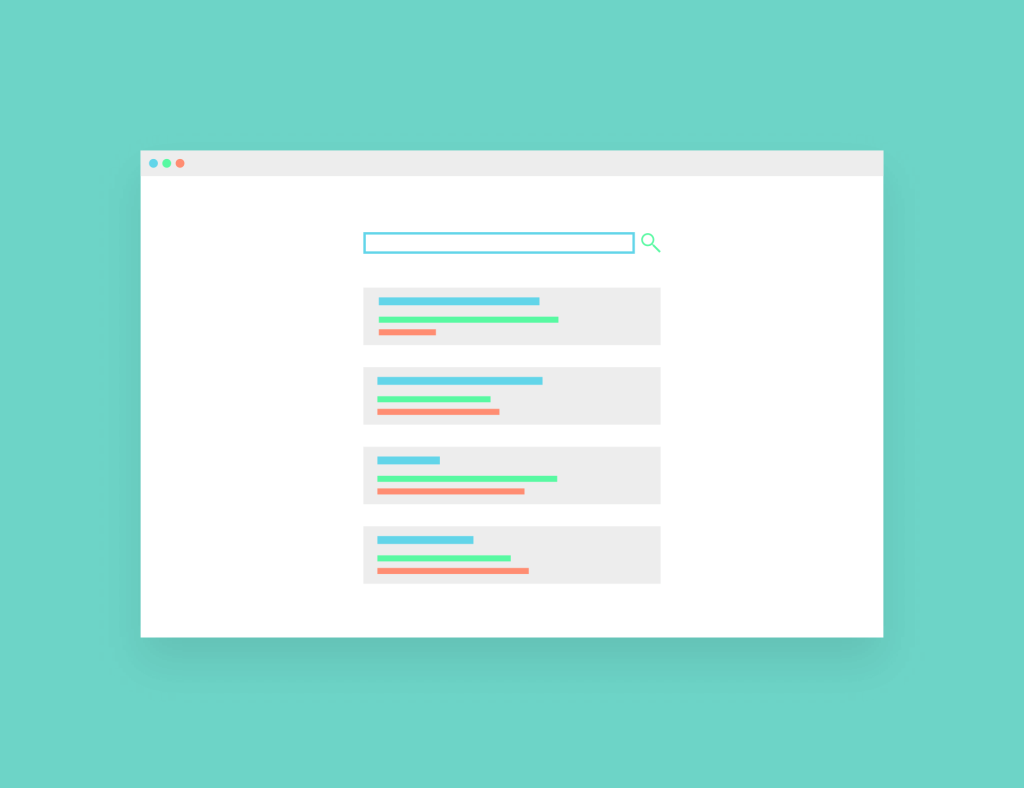In today’s digital age, mobile devices have become an integral part of our lives. People rely on their smartphones and tablets for browsing the internet, shopping, and accessing information on the go. As a website owner, optimizing your site for mobile devices is no longer an option; it’s a necessity.
Mobile optimization is no longer a luxury but a necessity for every website owner. Embrace mobile optimization, and reap the benefits of increased engagement, conversions, and a stronger online presence.
How to optimize your website for smartphone users?
In this article, we will explore effective strategies to optimize your website for mobile, ensuring an exceptional user experience that drives engagement and conversions.

Responsive Web Design
The foundation of mobile optimization lies in adopting a responsive web design. Responsive design ensures that your website adapts seamlessly to various screen sizes and resolutions. This approach eliminates the need for separate mobile versions of your site, providing a consistent experience across all devices. By leveraging fluid grids, flexible images, and CSS media queries, you can create a visually appealing and user-friendly layout that automatically adjusts to fit any screen.
Streamline and Prioritize Content
Mobile screens have limited space, so it’s crucial to prioritize your content to deliver the most relevant information upfront. Start by identifying your key messages and call-to-actions, placing them prominently within the mobile layout. Use concise and engaging headlines, and break up your content into smaller, scannable sections with bullet points and subheadings. Remember, users are more likely to engage with your website if they can quickly find what they’re looking for.
Optimize Page Load Speed
Mobile users expect fast-loading websites. Slow-loading pages not only frustrate users but also negatively impact search engine rankings. To optimize your website’s mobile load speed, minimize HTTP requests by combining and minifying CSS and JavaScript files. Compress images without compromising quality and leverage browser caching to reduce the time it takes to retrieve data. Regularly test your website’s performance using tools like Google PageSpeed Insights to identify areas for improvement.
Mobile-Friendly Navigation
Navigation plays a vital role in enhancing user experience on mobile devices. Simplify your navigation menu by using dropdowns or hamburger menus to conserve space. Ensure that your menu items are large enough and easy to tap, allowing for effortless navigation. Implement breadcrumbs and search functionality to help users find their desired content quickly. Aim for a seamless and intuitive browsing experience that keeps users engaged.
Touch-friendly and Thumb-friendly Design
Designing for mobile requires considering the way users interact with their devices. Optimize your website for touchscreens by ensuring that buttons and clickable elements are adequately sized and spaced apart. Use larger font sizes and clear typography to enhance readability. Additionally, take into account the natural movement of the thumb when designing interactive elements, placing essential functions within easy reach of the user’s thumb.
Optimize Forms and Input Fields
Forms and input fields are critical elements of many websites, from contact forms to login pages. To optimize these elements for mobile, use adaptive form fields that adjust to the user’s input method (e.g., numeric keyboard for phone numbers). Implement autofill features to minimize user effort, and use real-time validation to provide instant feedback. Streamlining the form-filling process enhances user satisfaction and reduces friction.
Test, Analyze, and Iterate
Mobile optimization is an ongoing process. Regularly test your website on a variety of mobile devices and screen sizes to ensure consistent performance and usability. Pay attention to analytics data to identify user behaviour, popular entry points, and conversion rates. Use A/B testing to experiment with different design elements, layouts, and functionalities. Continuously iterate and refine your mobile strategy to meet evolving user expectations.
By adopting responsive design, streamlining content, optimizing page load speed, and creating touch-friendly interfaces, you can provide users with a seamless mobile experience. Prioritize user needs, test regularly, and stay informed about emerging trends to ensure your website remains optimized for mobile devices in this ever-evolving digital landscape.

